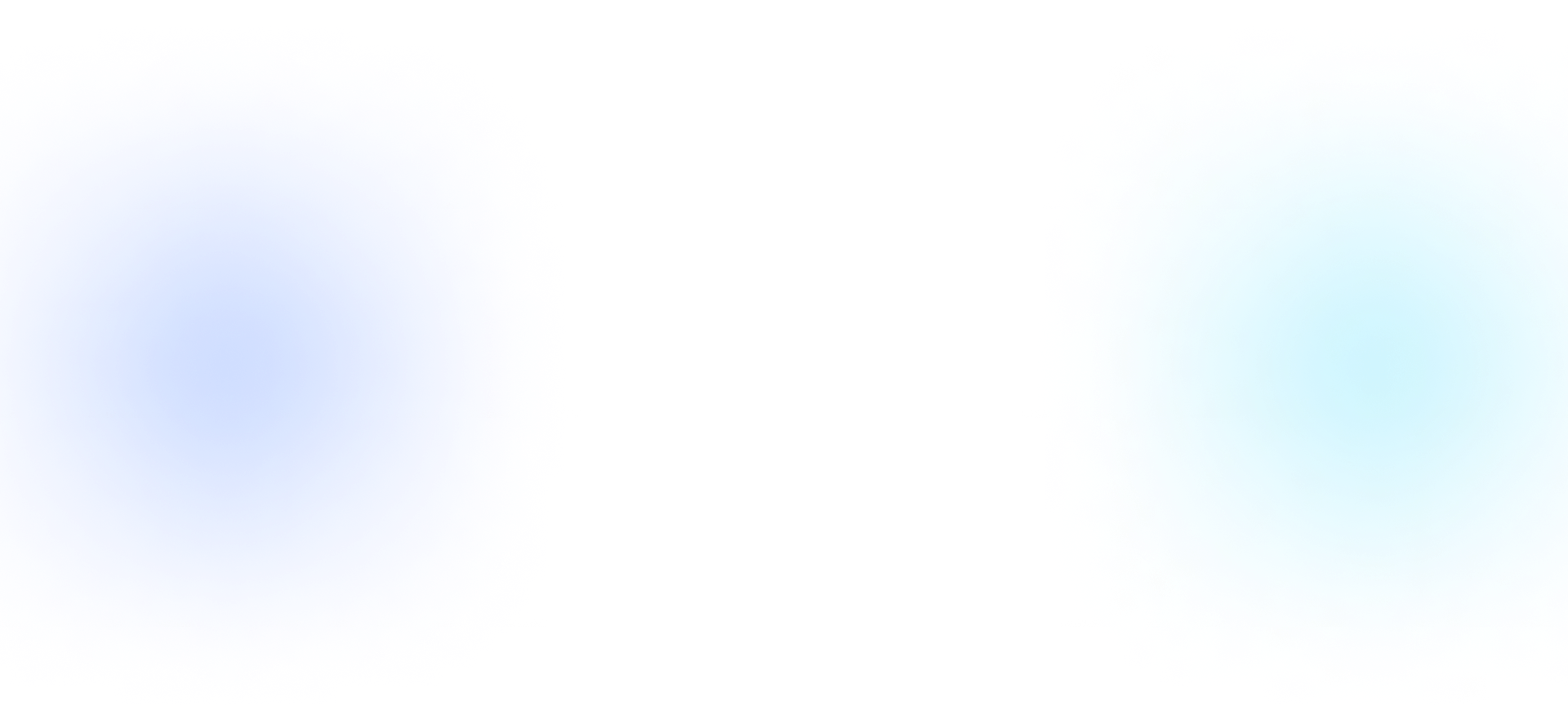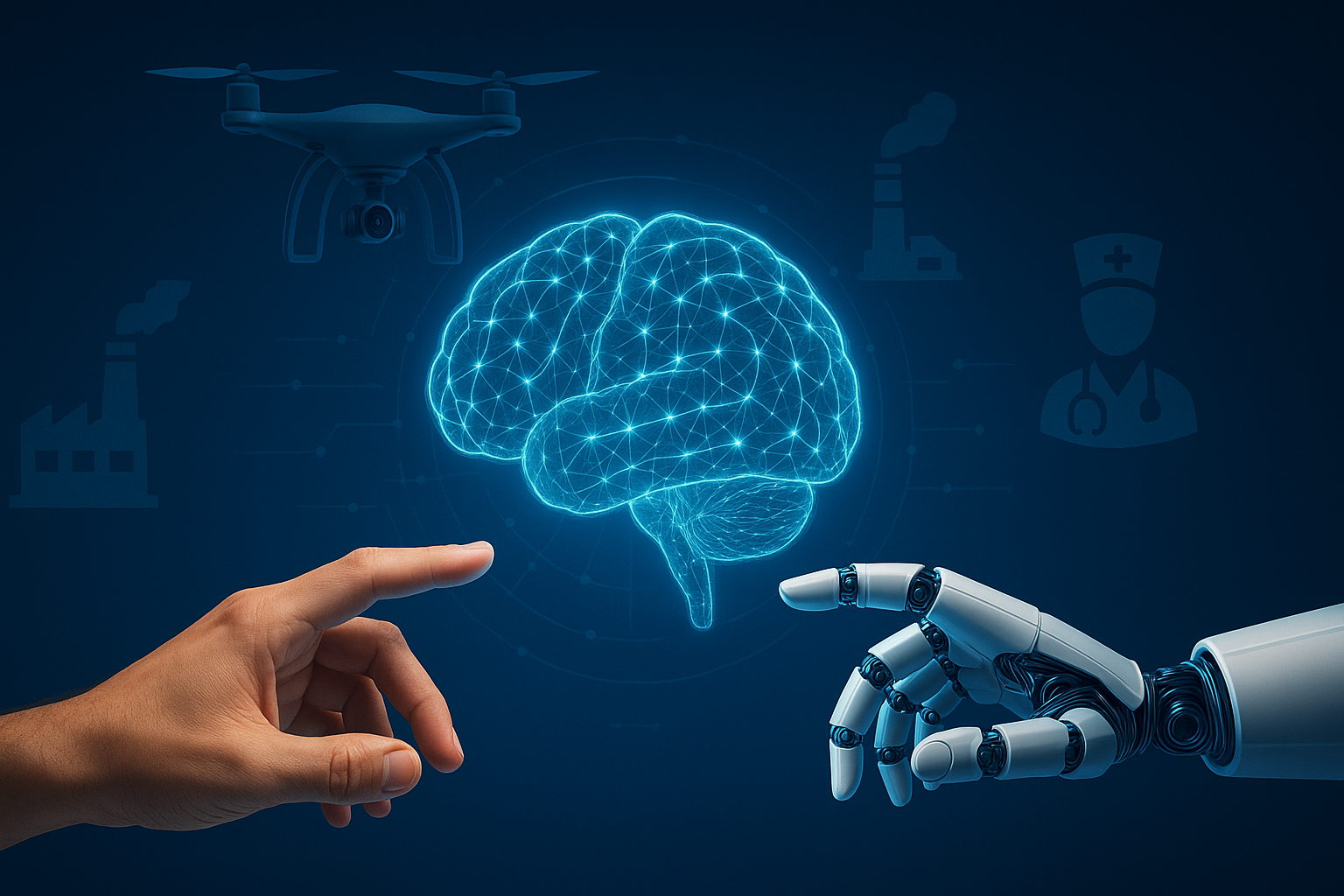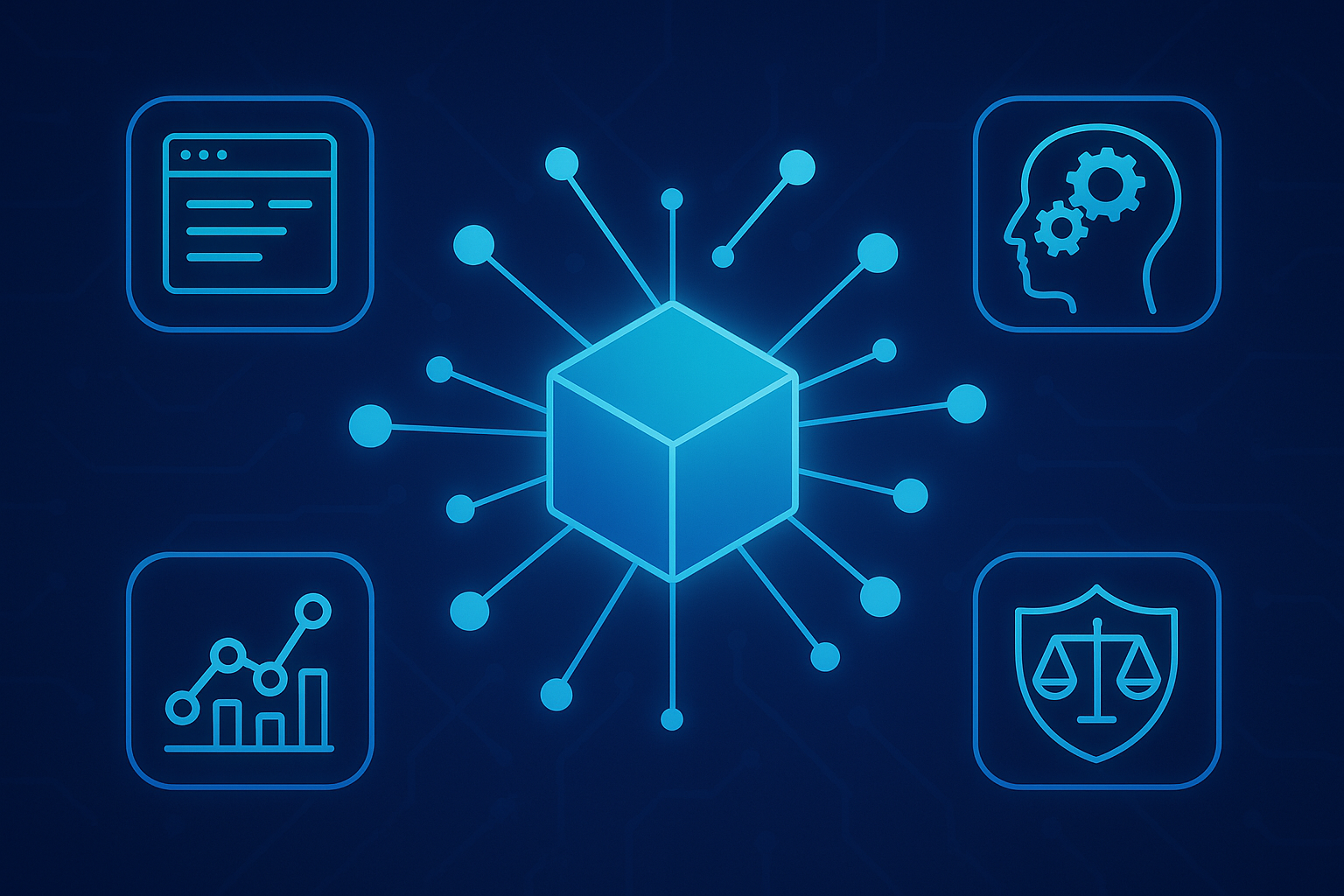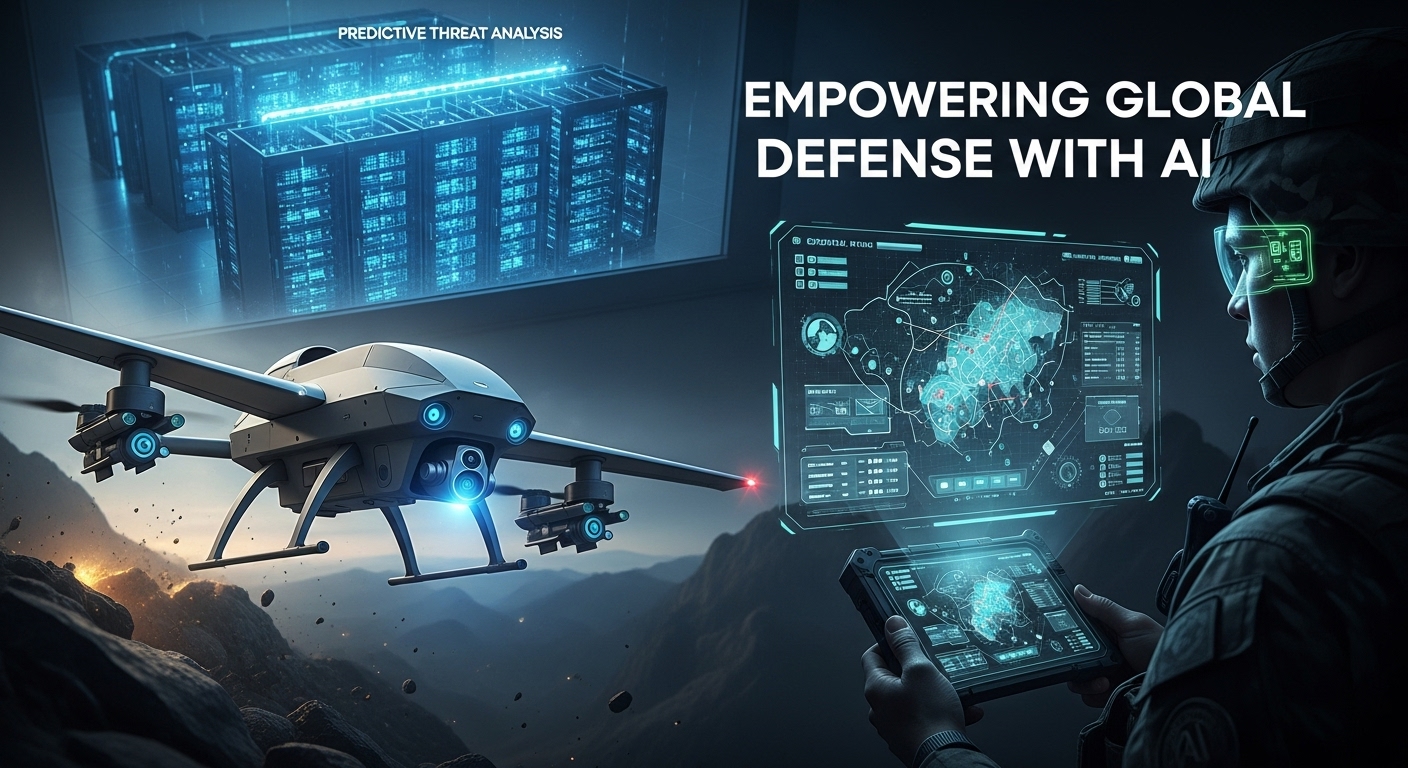

Exploring the Future of Automation and Intelligence
Automation once meant repetitive motion — a predictable sequence of programmed tasks. Today, it has evolved into self-learning action, where machines observe, adapt, and optimize in real time. The future of automation lies not in replacing human effort, but in amplifying human capability through intelligence that evolves.
The next era of innovation, often called Industry 4.0, is defined by the convergence of robotics, artificial intelligence, and human collaboration. Factories are no longer silent mechanical spaces; they are living digital ecosystems, where sensors, algorithms, and people communicate seamlessly to achieve unprecedented efficiency.
In logistics, predictive AI reroutes fleets before bottlenecks occur.
In healthcare, robotic systems assist surgeons with precision beyond human steadiness.
In energy and infrastructure, autonomous maintenance prevents breakdowns before they happen.
Everywhere we look, the partnership between human insight and machine intelligence is reshaping how the world works.
At Viclys Systems, this synergy takes form in the Triafox Platform — an ecosystem of intelligent agents designed to transform operations across industries. Triafox doesn’t simply automate; it learns from patterns, analyzes context, and improves its own performance with every cycle.
It adapts to new data, integrates with IoT devices, and operates with the resilience required by global industries.
Unlike traditional automation, which executes pre-written instructions, augmented intelligence automation evolves alongside your organization. It thinks, predicts, and collaborates — creating a workflow where efficiency becomes continuous improvement, and innovation becomes culture.
The future of automation is not about removing humans from the loop; it’s about placing intelligence at the center of it. When machines learn and humans lead, possibilities multiply — and the digital ecosystem becomes a true engine of growth.
At Viclys Systems, we believe the future isn’t fully automated — it’s intelligently augmented.


